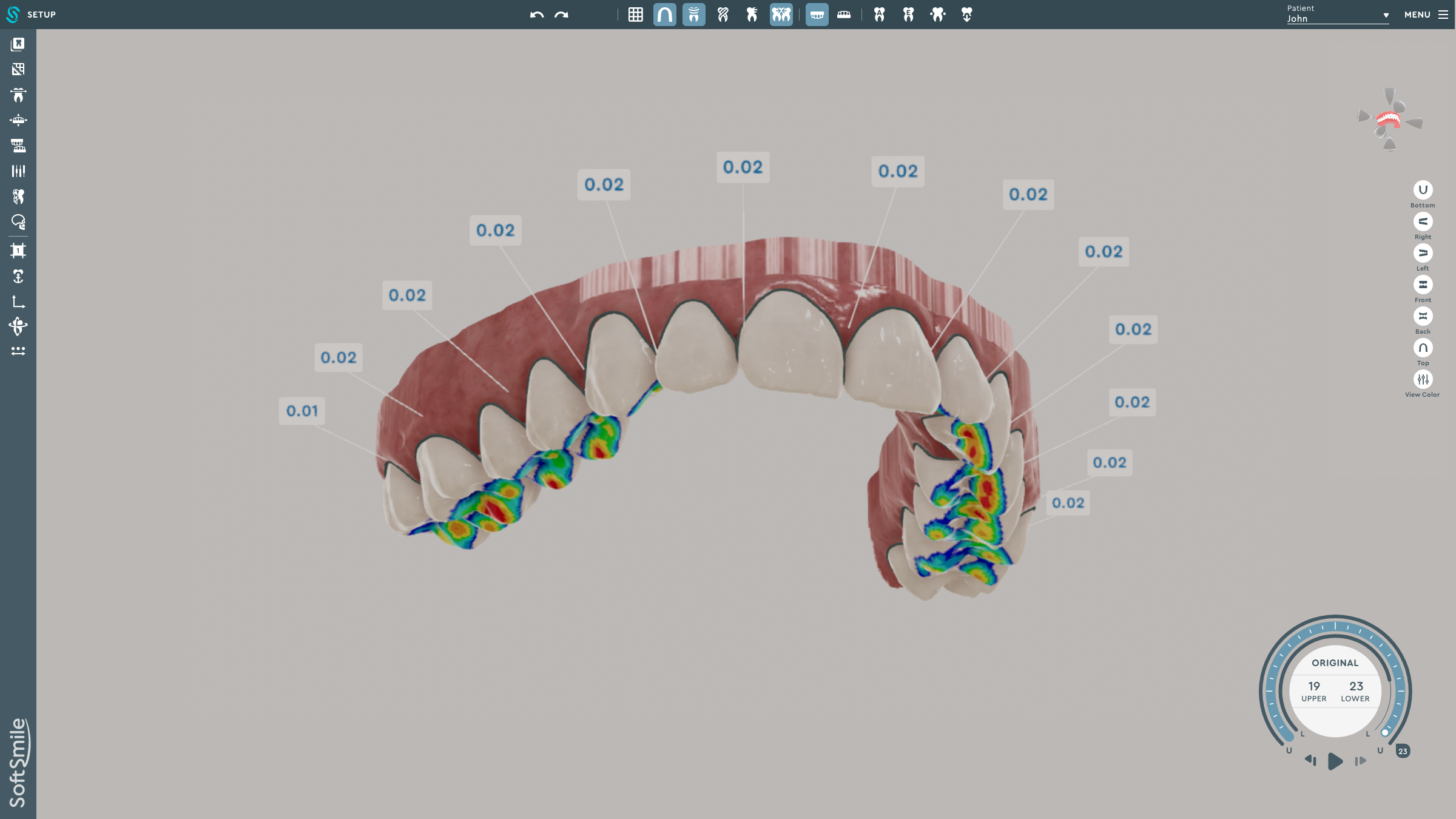Three Ways AI-Driven Technology is Advancing Orthodontic Treatment and Improving Patient Outcomes
The advent of AI is changing the trajectory of nearly every industry on the planet – orthodontics is no exception. AI is helping to deliver best-in-class software to the orthodontic trade, transforming the way people receive care and changing how people attain beautiful smiles. AI is paving the way to make clear aligners more accessible and affordable to more people than ever before. This is thanks to advanced algorithms backed by biomechanical and mathematical principles that are fundamentally changing the approach to aligner planning and fabrication. The result? A significant reduction in time spent on the entire aligner process and treatment, shaking up the orthodontic space and innovating in an industry that has been stagnant since the 1990s.
Role of AI ML in Industry: The Future with ChatGPT in Credit Unions: Welcome to the Conversational Economy
AI is Improving Accuracy to Provide Quality Orthodontic Care
Orthodontic software that utilizes AI is able to increase precision throughout the clear aligner development process, in turn, leading to better patient outcomes. The first step to improve accuracy is by eliminating inefficient scanning methods such as clay molds or cameras. These methods can result in missing information between teeth and inaccuracies due to excess saliva.
 Instead, in modern software, AI is able to take into account the geometry of the mouth, gums, and teeth, allowing for a more precise representation of the patient’s mouth. This helps to avoid common errors that can lead to an ineffective treatment plan. Furthermore, machine learning capabilities in AI are able to store user data so it learns as it goes, improving accuracy and reducing the number of manual corrections needed in the future.
Instead, in modern software, AI is able to take into account the geometry of the mouth, gums, and teeth, allowing for a more precise representation of the patient’s mouth. This helps to avoid common errors that can lead to an ineffective treatment plan. Furthermore, machine learning capabilities in AI are able to store user data so it learns as it goes, improving accuracy and reducing the number of manual corrections needed in the future.
Making Treatment Planning and Care Faster Than Ever Before with Automation
AI’s mission in orthodontic care is to make sure technicians and doctors spend less time on manual tasks, enabling them to complete treatment planning in 95% less time compared to traditional time-consuming processes. AI is used to automate multiple steps in the aligner design process, dramatically diminishing the time from planning to implementation.
Instead of manually moving teeth around and formulating treatment plans to avoid collisions, which can take up to 90 minutes, AI-driven software is able to automatically sequence and optimize the motion of each tooth in a matter of minutes. This helps orthodontists provide patients with the most effective path to straight teeth, without running the risk of moving the teeth too quickly and potentially damaging them.
The automation capabilities are a key advantage, but it is important to note that doctors still maintain control over the treatment plan. AI can only offer suggestions and advice, and it never prevents doctors from making the final decision for a patient’s care.
Innovative AI-Backed Software Makes Orthodontics More Affordable for Those Who Need it Most
Perhaps the most exciting development within the world of orthodontics is the prospect of AI substantially lowering the cost of treatment, making beautiful, healthy smiles available to those with a lower socioeconomic status. The cost of orthodontic treatment has historically been so high and out of reach for many because orthodontists have traditionally relied on third-party providers to create care plans for their patients, forcing them to charge artificially inflated prices.
However, AI-driven software is revolutionizing dental care by providing orthodontists the option to produce treatment plans in-house and print aligners on-site – allowing them to cut down on production expenses and cut down the time from planning to treatment. The latest advancements act like a GPS for the mouth, finding the best path to perfect alignment, more quickly and efficiently. This means the price of aligners can be drastically decreased from thousands of dollars to just hundreds. As a result, doctors can offer the same quality care at a significantly lower price point.
The Role of AI in the Future of Orthodontic Treatment
There is an exciting future ahead, with AI enabling the improvement of the dental health of millions of people. By leveraging AI in orthodontic software, the dental trade is making orthodontic care more accessible and affordable than ever before. Although it remains to be seen how the progression of AI will revolutionize the orthodontic industry and the healthcare industry at large in the long term, we can all be optimistic about how AI will streamline and boost the quality of care both today and tomorrow.
Recommended: Red Hat Summit 2023 – Workshops & Sessions to Keep A Tab On

Comments are closed.